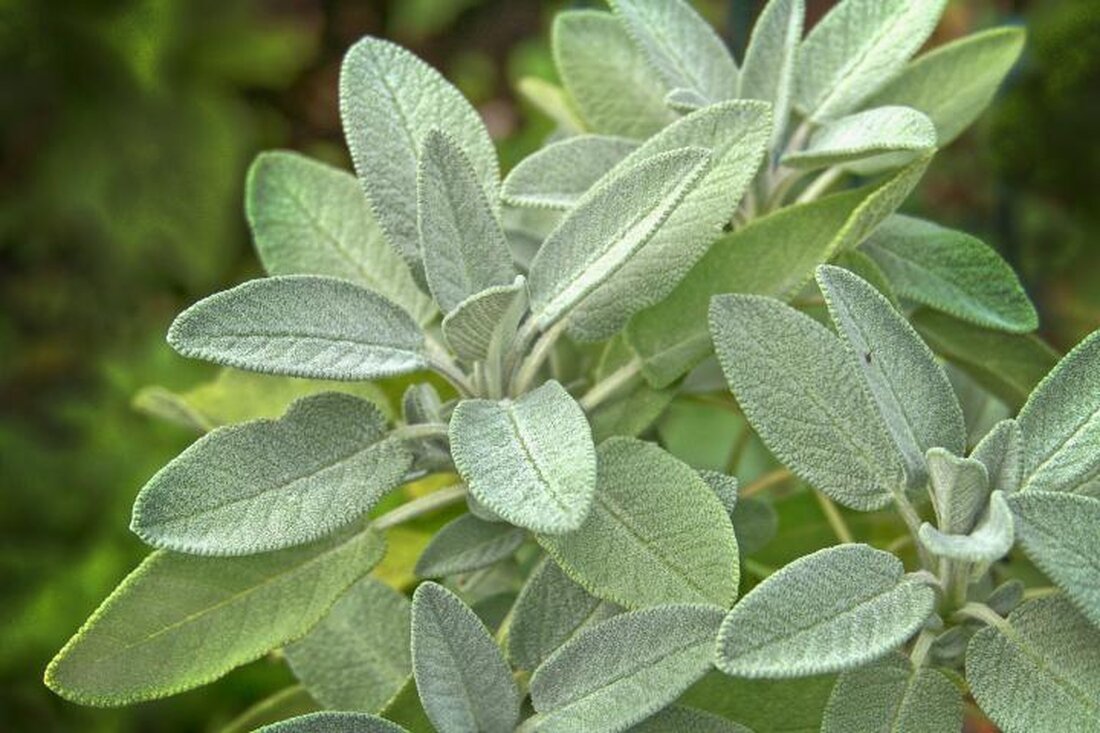Aromatherapy - Get to know the Lamiaceae family - Part 1
Welcome to the first part of a three-part series about the Lamiaceae plant family relevant to aromatherapy. The Lamiaceae plant family is also known as a Labiatae plant family. It is the largest of all plant families and contains many of the well -known herbs. The plants are known for their strong flavors and in aromatherapy some of the best known and most popular oils come from this family. Plants are: lavender, peppermint, rosemary, Melissa True, Muskatellersalbei, Sage, Ysop, Majoran-Süß, Majoran Spanish, Patschuli, Spike-Lavendel (lavendin) and basil. General therapeutic advantages for this plant family are good breath oils, stimulating, balancing, antiseptic and antiviral. Three of the essential oils from this botanical family are: lavender (lavendula angustifolia) lavender would ...

Aromatherapy - Get to know the Lamiaceae family - Part 1
Welcome to the first part of a three-part series about the Lamiaceae plant family relevant to aromatherapy.
The Lamiaceae plant family is also known as a Labiatae plant family. It is the largest of all plant families and contains many of the well -known herbs. The plants are known for their strong flavors and in aromatherapy some of the best known and most popular oils come from this family.
Plants include: Lavender, Peppermint, Rosemary, Melissa True, Clary Sage, Sage, Hyssop, Sweet Marjoram, Spanish Marjoram, Patchouli, Spiked Lavender (Lavendin) and Basil.
General therapeutic benefits for this family of plants include good respiratory oils, stimulating, balancing, antiseptic and antiviral.
Three of the essential oils from this botanical family are:
Lavender (Lavendula angustifolia)
Lavender would be one of the most commonly used essential oils. It is gentle yet effective and suitable for all ages - from babies to the elderly. It is also sometimes used in hospitals, one of the few essential oils in existence.
Lavender is used to help with stress relief, insomnia and headaches. Due to its antiseptic properties, it is very suitable for treating colds, coughs, flu, sinuses and other respiratory diseases.
With the stress relief, lavender acts on physical and emotional stress.
Lavender is one of the essential essential oils for the first aid kit due to its versatility.
Peppermint (Mentha piperita)
It is important to have a good supplier for peppermint oil so that you know that it is unadulterated.
Peppermint is a cooling oil and anti -inflammatory. It should be helpful in irritable bowel syndrome and regulating the ovaries.
It is very good to help people become clear and refresh the mind. It can be used to help people who are mentally tired or cannot concentrate. For this reason, it is ideal for oil burners in environments such as offices, meeting rooms and other areas in which people have to be vigilant and concentrated.
Peppermint is an ideal assistant in all digestive problems such as digestive disorders, colic, flatulence, stomach pain, diarrhea, nausea, vomiting and relief of travel sickness.
It is also used in ointments to alleviate muscle pain, bruises, bruises, joint pain and insect bites.
Since peppermint is a very strong oil, it should not be used in very small children. Due to its effectiveness, it should also be used in small quantities.
There are no contradicts for the entire oil. For this reason, it is important to know that you get an oil of good quality.
Patchouli (Pogostemon Patchouli)
Patchouli has several applications in aromatherapy - it can support fluid retention and is also ideal for healing cracked and broken skin because it has regenerative properties.
It is an oil for emotional balance and can be helpful for stress -related problems.
Patchouli is non-irritating and non-toxic.
If you're feeling down, mix a little patchouli with tangerine and spearmint!
As always, when in doubt, it is important to consult a qualified aromatherapist. Never diagnose yourself – that’s what your doctor is there for!

 Suche
Suche
 Mein Konto
Mein Konto
